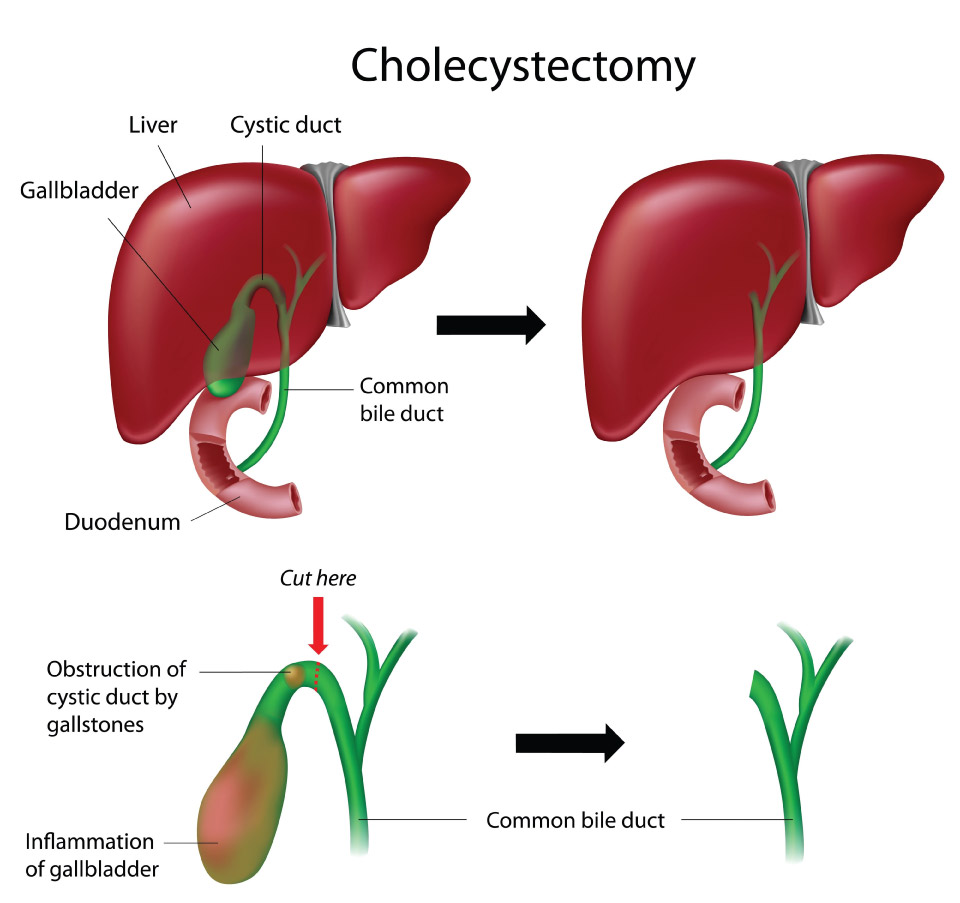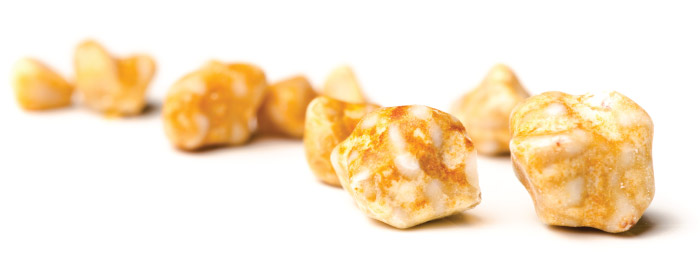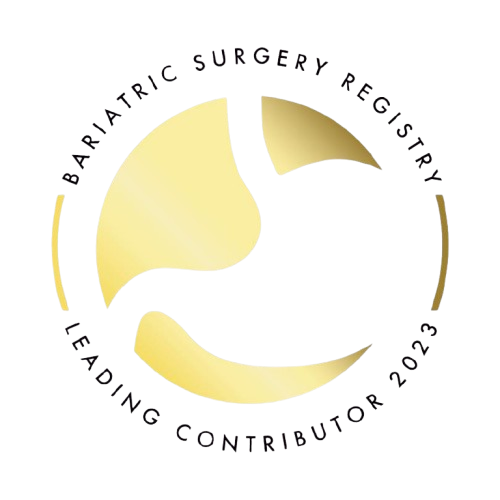Gallstones
Often in association with consumption of a rich diet, cholesterol levels in the bile can increase and cause an imbalance. Excess cholesterol can lump together and form a crystal which slowly binds more cholesterol. Consequently, a “stone” develops.
Stones caused by excess cholesterol account for over 80% of all gallstones. The size and number can vary from several marble-sized stones to hundreds of gravel-sized stones.
Gallstones can also form from excessive bilirubin (a decomposition product of the red blood cell pigment haemoglobin) in the gallbladder. Sometimes stones can consist of cholesterol and bilirubin; these are known as mixed stones.
Only one third of all people with gallstones have symptoms, and pain usually occurs when the stones are moving. After a big meal, the gallbladder contracts and the stones may be pushed into the junction of the gallbladder and the bile duct. This may cause significant pain and cholecysthitis (inflammation of the gallbladder).
Sometimes, a stone gets squeezed from the gallbladder through into the bile duct. The duct becomes blocked and bile can no longer properly flow into the duodenum. The obstructed bile flow causes jaundice (yellowing of the skin/eyes) and probably cholangitis (infection in the bile duct).
For patients who have symptomatic gallstones, an ultrasound is performed to visualise the stones in the gallbladder and to look for stones in the bile duct. Blood samples are taken to assess the liver function tests (elevation of them could be associated with a stone in the bile duct).
Gallbladder cancer
Gallbladder cancer is rare and arises from the inner layer of the gallbladder wall (adenocarcinoma). If detected early, the survival rate is good.
In approximately 0.43% of cases, gallbladder cancer is detected “accidentally” during laparoscopic cholecystectomy for gallstones.
Bile duct stones
In about 10% of all patients undergoing laparoscopic cholecystectomy, stones are found in the bile ducts. These stones can cause blockages in the bile ducts or pancreas which may cause severe pain, infection or pancreatitis.
Bile duct cancer
Bile duct cancer, known as cholangiocarcinoma, can arise from the bile duct outside of the liver (extrahepatic) or from the smaller ducts within the liver (intrahepatic).
- Intrahepatic cholangiocarcinomas present as primary liver tumours.
- Extrahepatic cholangiocarcenomas present with jaundice or infection of the biliary ducts (cholangitis).
The following tests are used to diagnose and confirm cancers in the bile duct or gallbladder.







